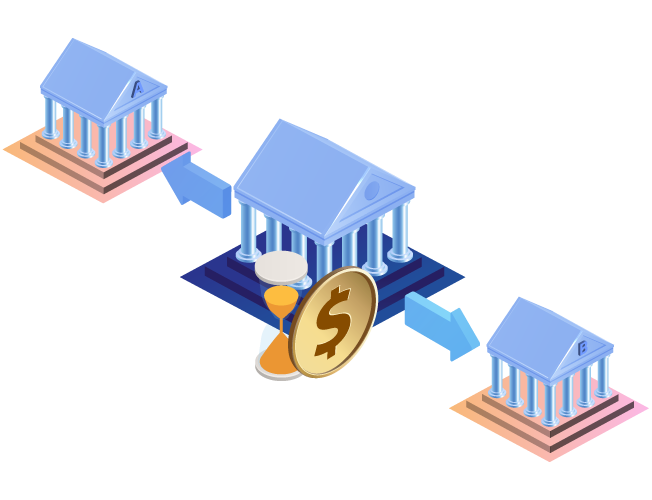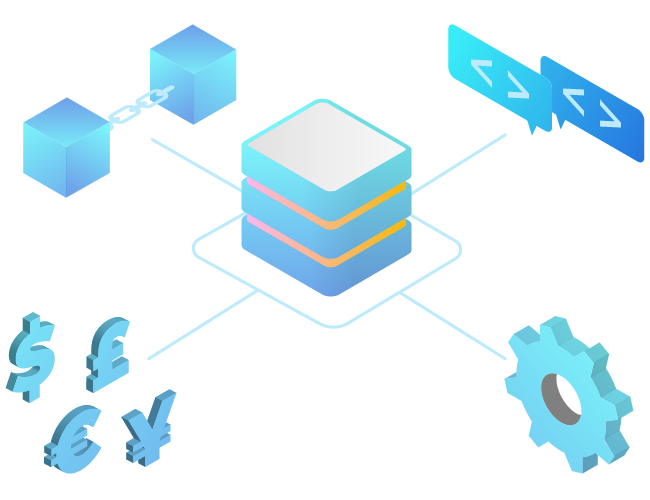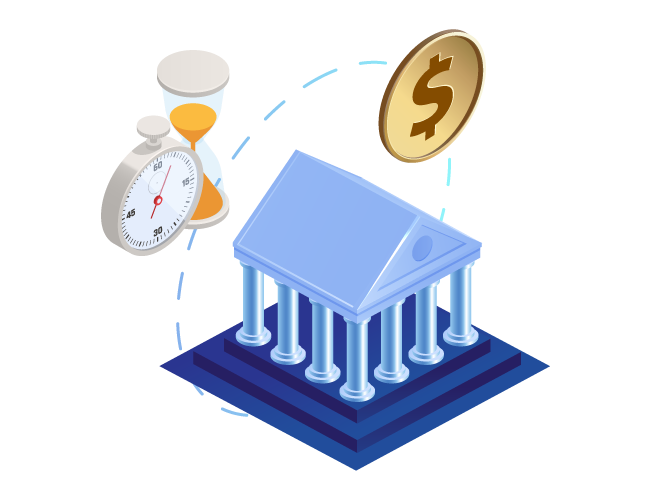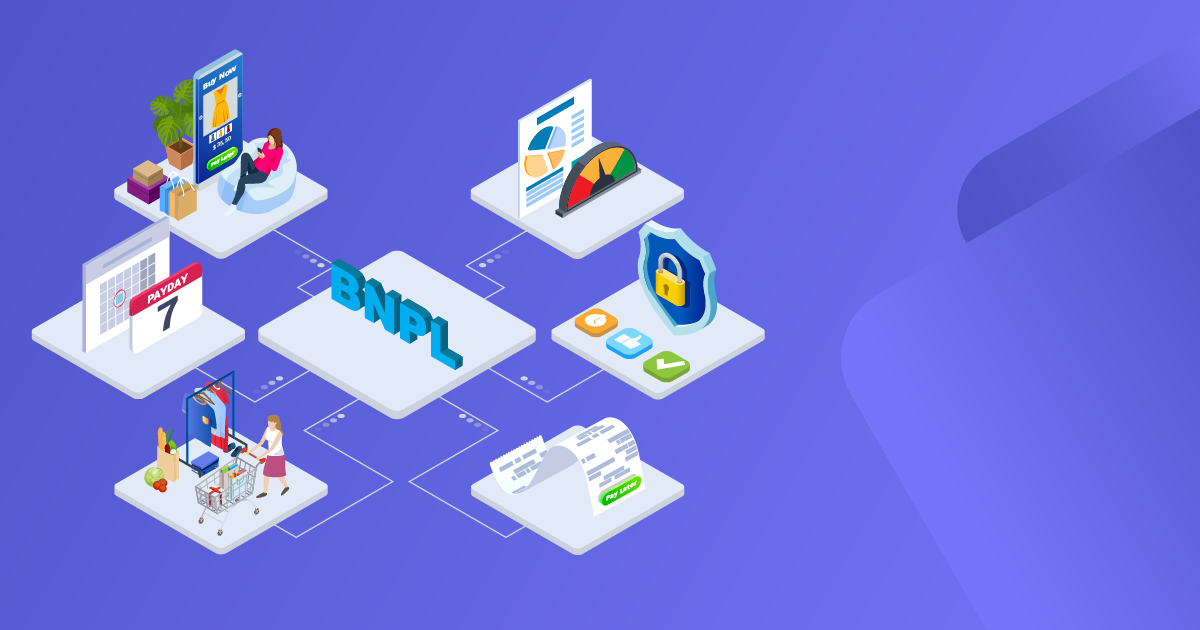

Over the last decade, central banks have made significant strides in improving national payment infrastructure. This includes the introduction of new payment rails, transitioning to ISO 20022 messaging schemes, implementing diverse regulatory controls, optimizing payment processes and enhancing transaction monitoring and screening. These measures aim to strengthen the strategic direction of national economies, expedite monetary circulation and enhance the credibility of e-transactions in the market.
Recent Advancements in Central Banking
Central banks have achieved significant milestones in recent years, particularly in transitioning the market to ISO 20022 messaging schemes. This began with the migration of local Real-time Gross Settlement (RTGS) and Automated Clearing House (ACH) systems and the introduction of instant payments as new rails for low-value single credit transactions. The evolution continued with Central Banks extending transaction service hours to 24x7, enabling continuous support for e-commerce and e-services transactions and facilitating immediate settlement between merchants and buyers.
Regulators of payment market infrastructure have further improved the system by adding supporting services to accommodate newly introduced transaction types. These enhancements encompass electronic addressing services for customers, customer consent and e-mandate management, e-bills and Request-to-Pay transactions, e-Salaries and Wages Protection Systems and more.
In essence, the modern payments market infrastructure is advancing towards highly sophisticated schemes and transaction types to meet evolving market demands and regulatory requirements. This progression also aims to safeguard banks and financial markets from potential threats and fraudulent activities.
Broadened Regional Payments Schemes
In addition to enhancing local payment rails, Central Banks are increasingly investing in extending payment networks beyond national borders to establish regional economic and commercial unions. These regional networks are managed and settled by Central Banks, functioning as an extension of domestic payment schemes on a regional scale.
Examples of such regional payment networks include:
- Trans-European Automated Real-time Gross Settlement Express Transfer System (Target2), serving the European Union
- Buna, a cross-border payment system facilitating Arab regional RTGS transactions
- Arabian Gulf System for Financial Automated Quick Payment Transfer (AFAQ), supporting RTGS payments of the Gulf Cooperation Council (GCC)
The Pan-African Payment and Settlement System (PAPSS), enabling Pan-African Payment and Settlement transactions
Although these payments utilize domestic RTGS payment rails for initiation and processing, they possess unique features in terms of message formats, parameter mappings, FX rates, purposes and return reasons. As a result, banks must have the capability to distinguish and handle these payments as distinct entities from other domestic RTGS or ACH transactions.
Diverse Approaches to ISO 20022 Messages
The migration of payment systems to ISO 20022 initially began at the domestic level, primarily through central banks upgrading national RTGS and ACH systems, as well as introducing instant payments. This migration has introduced challenges such as payment initiation, verification, processing, mapping and data truncation issues. To address these challenges, MT/MX converters were introduced as a temporary solution to overcome backend system limitations.
While all payment schemes now utilize the ISO 20022 message format, each scheme follows its unique message types, flow, data mapping, purpose codes, process flow, return messages and reasons. Consequently, banks are required to handle each scheme separately to comply with regulatory requirements, integrate with backend systems, map messages, process payments and meet settlement Service-level Agreements (SLAs). This adds complexity for banks and financial markets, requiring them to manage multiple payment rails in their respective countries and regions. While some may share common features and processes, they often have distinct rules, SLAs and business use cases, further complicating the landscape for management.
Complex Challenges in ISO 20022 Migration
With the emergence of new ISO 20022 payment schemes, many banks initially adopted message translators, such as MT/MX converters, as a cost-effective solution to meet regulatory requirements. While effective during the RTGS and ACH migration, this approach falls short in addressing the evolving landscape of payments. The richness of ISO 20022 messages allows for enhanced payment details and tracking, prompting the need for domestic schemes to enrich their offerings and address new market demands.
Simply relying on message translators is no longer viable, as it leads to data loss, truncation of critical payment details and an inability to meet evolving business needs and compliance requirements.
While migrating the entire bank's ecosystem to ISO 20022 may seem like a solution, it poses significant challenges. It is a lengthy, costly process that disrupts banking services and delays addressing new market demands. Additionally, the continuous evolution of ISO 20022 messages necessitates ongoing system updates and upgrades, creating a cycle of maintenance that is impractical for banks to sustain. Therefore, alternative strategies must be explored to ensure adaptability to market changes without undergoing extensive system overhauls.
Future-ready Payments Solution
In response to evolving market and regulatory dynamics, there is a growing demand for an advanced payments platform that can effectively address these challenges. Banks now require a solution that not only enables seamless backend system migration but also acts as a centralized orchestrator.
Payments hub platforms, serving as ISO 20022 native payments orchestrators, emerge as the solution. They streamline validation, screening, processing and posting of payments to core banking systems, thus reinstating their original function as pure General Ledgers (GL) and accounts management systems within banks. Serving as the ultimate solution amidst ISO 20022 migration, they orchestrate various payment types, from internal and domestic to cross-border, while accommodating various formats. The adoption of Payments hub has facilitated smooth payment migration for numerous banks, ensuring continuity in ongoing projects while complying with regulatory mandates and emerging business requirements.
ProgressSoft’s Payments Hub (PS-PayHub) is recognized for its advanced capabilities in transaction management. Its modular design enables seamless handling of all payment types, serving as a unified orchestrator. Operating within a multi-tenant setup, it accommodates diverse payment needs across various locations and institutions. Additionally, the flexible architecture of PS-PayHub supports different migration approaches, facilitating a smooth transition to ISO 20022 with minimal backend alterations.
Conclusion
In conclusion, central banks have made strides in upgrading their payment infrastructure, especially with ISO 20022 migration and extending service hours. However, managing diverse payment rails poses challenges, requiring adaptable solutions like payments hub platforms to streamline processing and ensure compliance.









